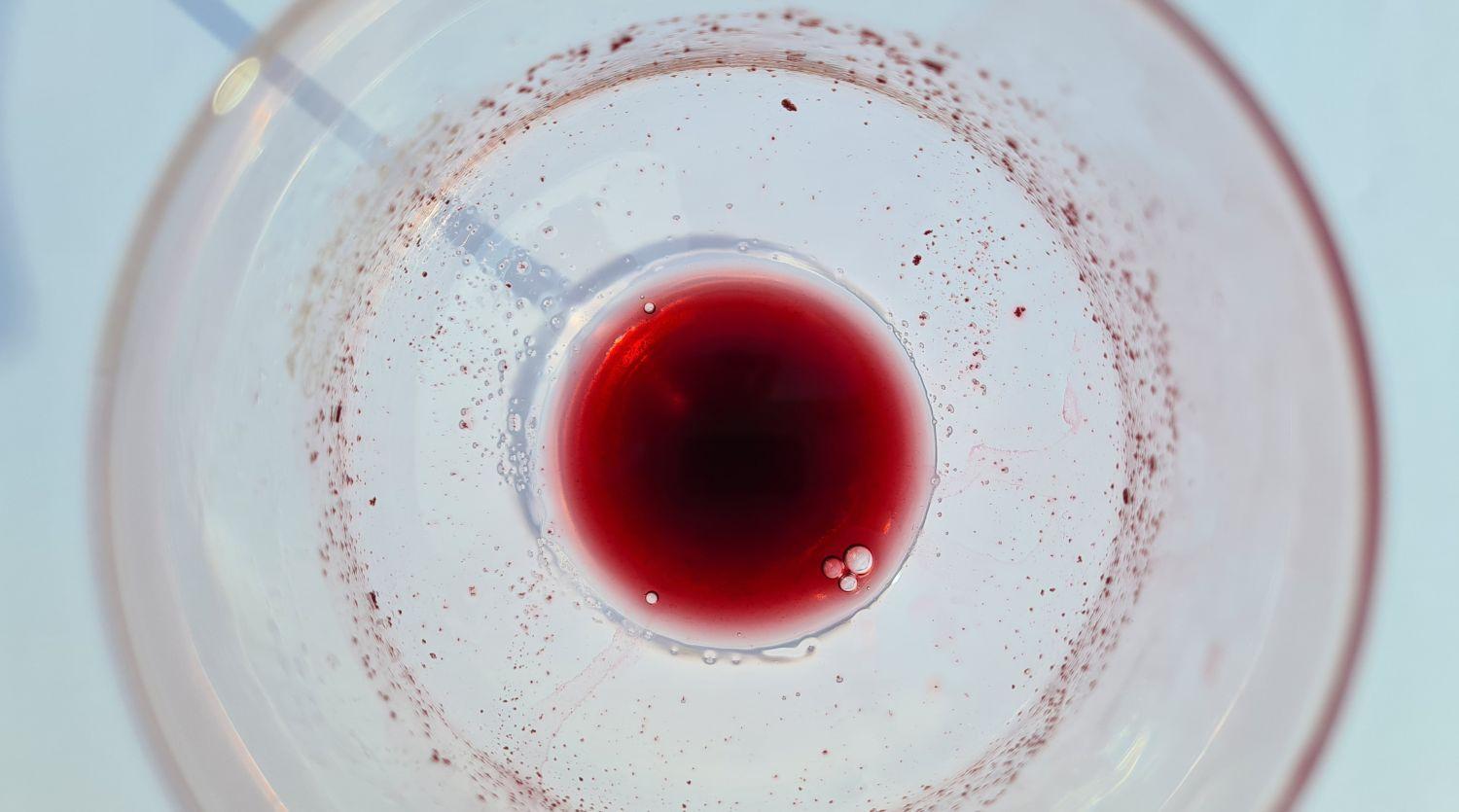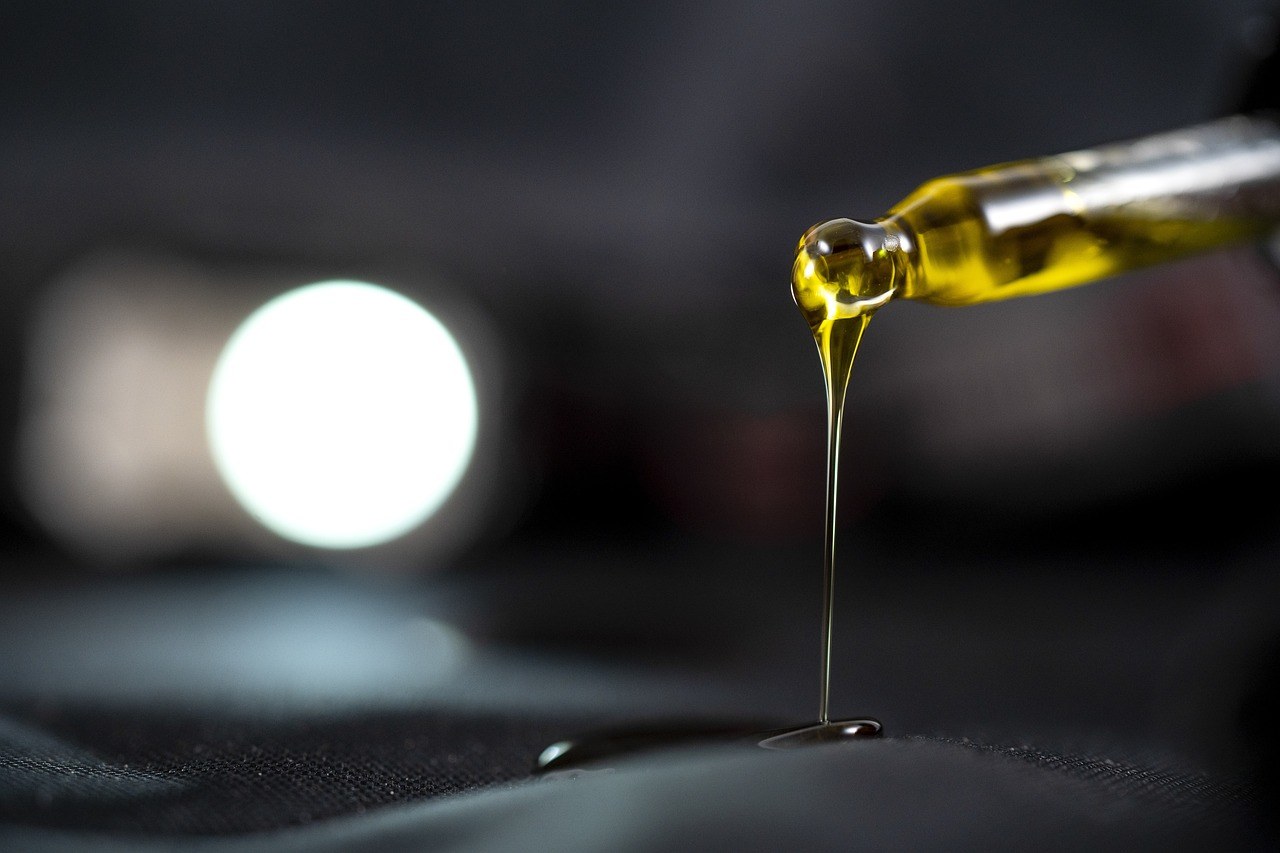
Grape seed oil

Grape seed oil is a product that is still not widely known, but is curious to explore. To discover it, let's take a step back to its origins.
Wine is one of the oldest beverages on Earth. It is estimated that the first wine production took place around 5400-5000 BC in the region of the southern Caucasus. Some historical sources trace viticulture back to about 6000 years ago in Egypt, where wine was considered a sacred drink reserved for priests, kings and high-ranking officials. Later, Greeks, Etruscans and Romans were witnesses and custodians of vine cultivation, which, starting from the 5th century AD, after being long preserved by the ecclesiastical orders, became a widespread activity even among the bourgeoisie.
Every part of the vine was used: not only the skin, pulp and grape seeds, but also the leaves. They were recognized for their hemostatic, astringent and anti-hemorrhagic properties and were used to treat wounds. Secondary products for body care, daily cooking and physical well-being were obtained from the skin and grape seeds.
Grape seed oil represents a precious vegetable oil obtained from the seeds of the grape. These small seeds, found inside the berry, can vary from 1 to 4 and are characterized by a resistant coating. The extraction of grape seed oil emerges as the main application to enhance this residual material from wine production, also constituting a valid method to fully exploit all the components of the grape.
CHARACTERISTICS OF GRAPE SEED OIL
Rich in various fatty acids such as linoleic, oleic and palmitic acid, grape seeds offer a high concentration of Vitamin E and Omega 6. This characteristic gives the oil a powerful antioxidant effect that counteracts cellular aging and is suitable for a healthy and balanced diet. Unsaturated fatty acids in grape seed oil constitute almost 90% of the total composition, while only 10% is represented by saturated fatty acids.
It is important to note that the antioxidants present in linoleic acid can degrade with heat. Therefore, to best preserve the beneficial properties, it is recommended to store grape seed oil in a cool place and consume it raw.
GRAPE SEED OIL PRODUCTION
Grape seeds contain a percentage of oil ranging from about 6% to 20%. There are different methods for extracting oil from grape seeds: using solvents, hot pressing or cold extraction.
Grape seed oil has been extracted for many years using solvents such as hexane or hot pressing. Solvent extraction is an expensive and environmentally unfriendly method because it requires a purification phase from hexane, which is toxic. Furthermore, the latter also extracts pigments and waxes from the seeds, creating a dark and viscous product. Both extraction with hexane and hot pressing result in a higher oil yield, but the high processing temperature greatly limits the preservation capacity of the obtained biocompounds and their quality.
Greater purity of grape seed oil and its phenolic integrity are the main objectives of the oil industry: for this reason, different extraction strategies have been developed over the years to preserve the presence of bioactives. Cold extraction has become the best method to obtain quality grape seed oil, despite the significantly lower yield.
USE IN COOKING
Grape seed oil is an excellent ally for everyday cooking thanks to its concentration of unsaturated fatty acids, useful for a healthy and balanced diet.
The most common use is raw, delicious on salads, fish fillets, or shellfish. Also excellent for emulsifying with citrus fruits and spices to create tasty and delicate dressings. On steamed or grilled vegetables, it maintains its organoleptic characteristics enriching the dish. Its high smoke point (220°-230°C) makes it an excellent oil for frying as well.
OTHER USES OF GRAPE SEEDS AND GRAPE POMACE
In cosmetics, grape seed oil can provide numerous benefits: it is used as a moisturizer and emollient for face and body, especially if mixed with shea butter or Argan oil. It is also recommended for acne treatment and reducing dark circles.
Grape seed oil in the Euganean Hills is not widespread: its production in Italy is mainly managed by industries, while small businesses continue to follow more traditional practices. Some of these are aimed at sustainability, a concept in which we strongly believe and which fortunately is seeing increasing adherence. Below are some recycling solutions, in addition to the use of grape seeds.
Grape pomace is a valuable material for distillation, especially if it still contains a small percentage of liquid inside. Grappa, known throughout Italy but especially in Veneto, is a distillate obtained from the transformation of the waste grape pomace of wineries.
A sustainable and responsible use of grape pomace is as a natural fertilizer thanks to its high nitrogen content and microorganisms. Its dispersion in the vineyard after an adequate maturation period is an incentive to promote the philosophy of regenerative agriculture, contributing to improving the health and resilience of the vineyard.
The combination of crushed grape seeds and dried grape pomace makes an excellent base for a natural pellet to be used as fuel.
An intriguing aspect of the world of wine is its extraordinary complexity, capable of capturing and satisfying the interest of the most curious. You can opt for a superficial understanding or delve deeper, as new facets always emerge in various domains.
